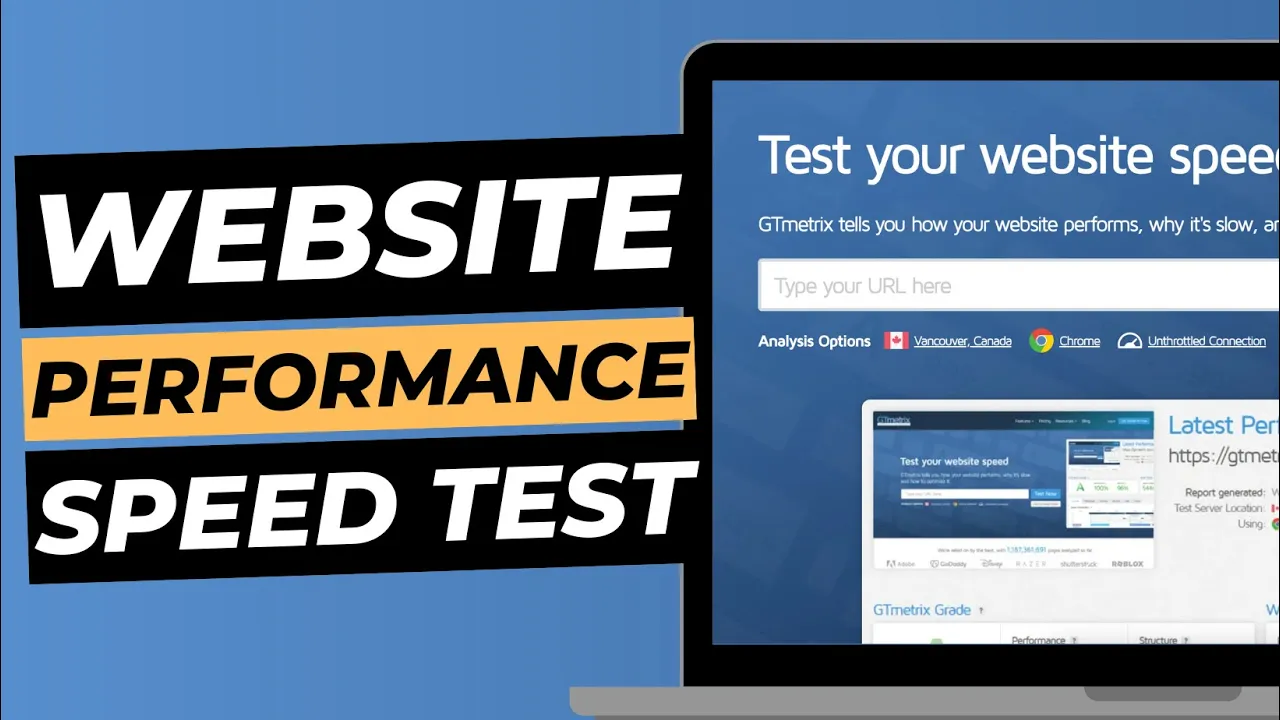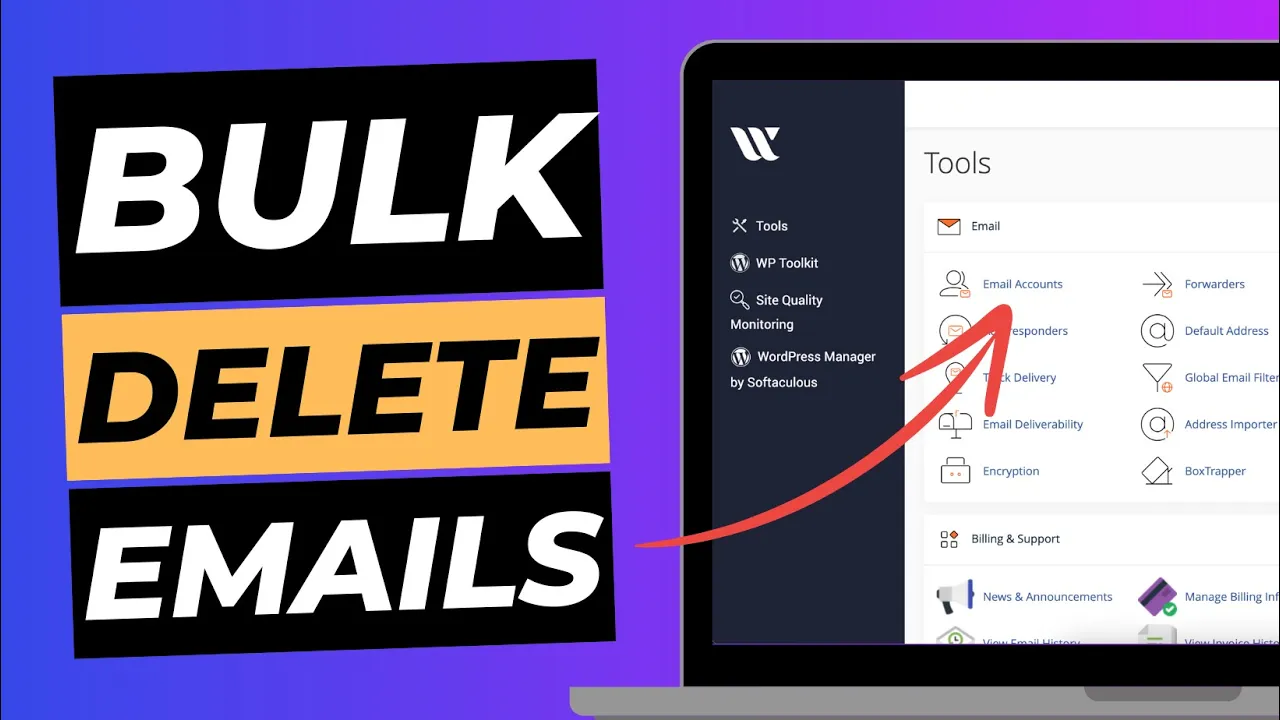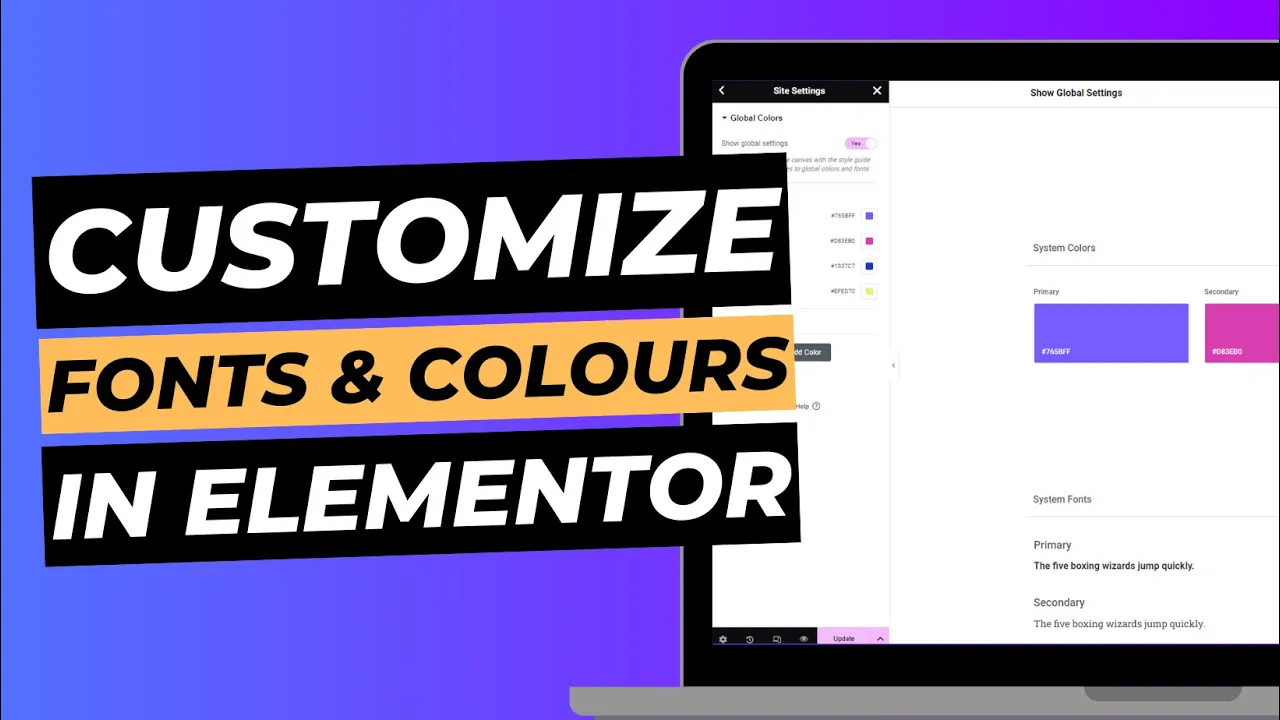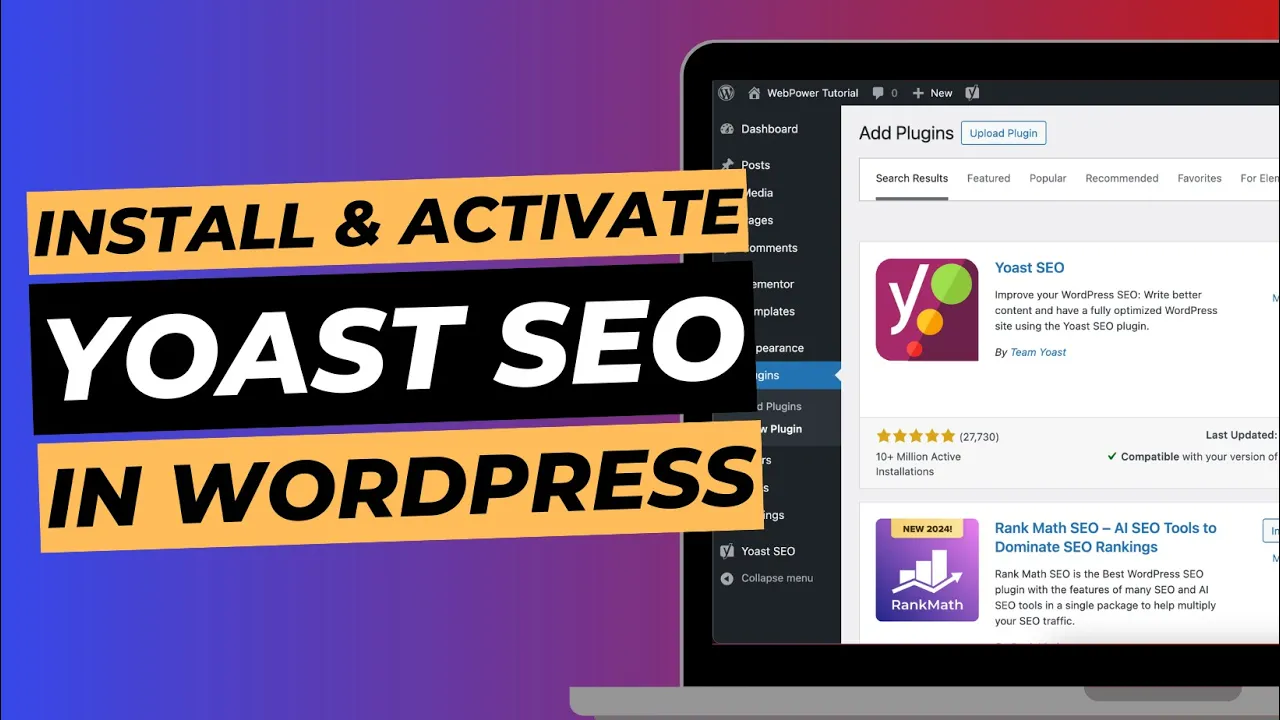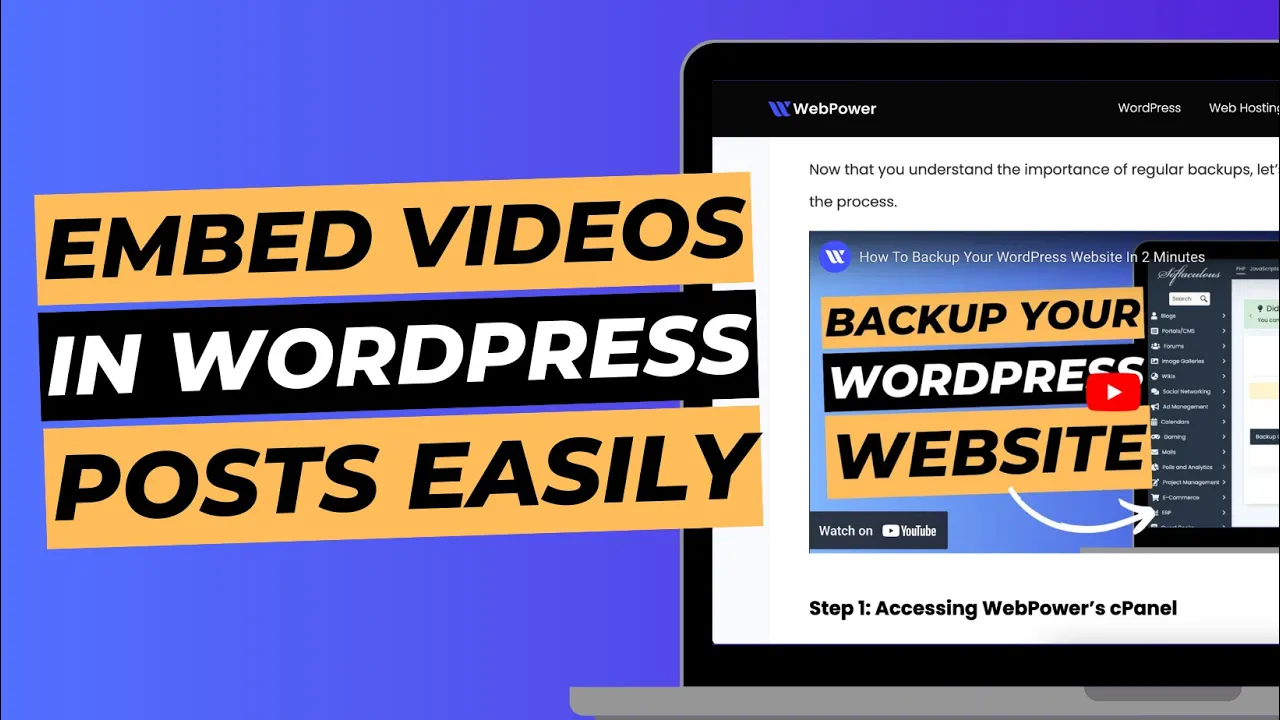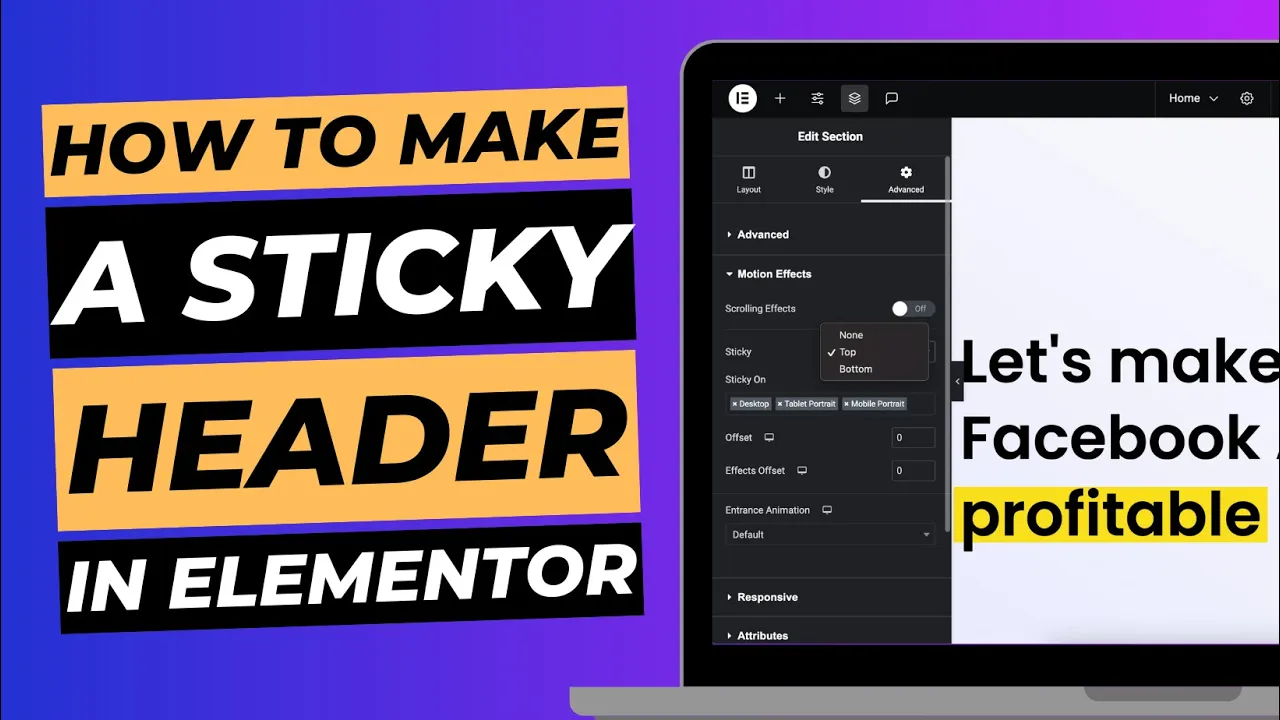Chatbots are an exciting new frontier in artificial intelligence technology. They have the potential to become a common customer service tool, but there are a lot of details to understand before implementing them.
In this article, we explore when chatbots make sense and when they don’t. We also go over some best practices for using chatbots effectively as part of your company’s marketing strategy and detailed steps for creating your own chatbot from scratch.
What is a Chatbot?
A chatbot is a computer program designed to simulate conversation with human beings through text or speech. Chatbots can be used as customer service representatives, intelligent assistants, or even a sales people.
Because they are automated, they are able to process a huge number of interactions quickly, accurately, and with very little effort on the part of the person or business controlling them.
There are many different types of chatbots. Some are designed to respond to very specific, limited topics. Others are more general. Some are meant to handle more customer-facing interactions, while others are more internal and don’t require human interaction.
When Should You Use a Chatbot?
Chatbots are useful for a few different kinds of businesses. If any of the following applies to you, then you might want to consider using a chatbot:
Your company has a lot of customers that are browsing on their mobile phones – People often prefer to use their mobile devices when shopping, and mobile traffic makes up the majority of online traffic. Chatbots are a great way to provide customer service to mobile users.
You have a large number of customers who have questions or issues that can be resolved quickly and easily through conversation – You have a lot of people asking the same question or needing the same information. For example, you might have a high volume of people who want to know more about your product and what it can do or what problem it solves. Or, you might have a lot of people who need help setting up an account or signing up for a subscription.
When Should You Not Use a Chatbot?
Chatbots are a great way to handle a lot of repetitive questions or issues. They are not, however, a great way to handle more complicated questions or issues. If any of the following applies to you, then you might not want to consider using a chatbot:
- You want to make an emotional connection with your customers.
- You want to provide an experience that goes beyond just answering a question.
- You want to provide a personalised experience for your customers.
Best Practices For Successful Chatbot Usage
Chatbots are still a very new technology, and there is a lot of research still being done about best practices in their implementation and use. There are, however, a few best practices that have already been proven to be helpful in most cases.
Keep your chatbot as simple as possible – A chatbot is only as good as it’s programming. You don’t want to overwhelm your chatbot with too many things to do at once because it might not be able to handle it.
Keep the conversation focused to get the results you want – Keep it short and sweet. Similar to the above, don’t make your chatbot talk too long. Keep the conversation short and to the point. You can always follow up with a human if the person using your bot has more questions or issues that require a more in-depth response.
Provide a human fallback – This is very important. No matter how well your chatbot is programmed, it will still sometimes get something wrong. That’s why it’s so important to provide a human fallback. That way, if the person using your bot doesn’t get the answer they’re looking for, they can let your business know that the bot was wrong.
Provide easy ways for people to exit out of the conversation – Sometimes the person using your bot just needs a quick answer and doesn’t want to talk to a chatbot. Make it easy for them to get out of the conversation quickly and easily. You don’t want them to feel like they have to wait around just to be able to say “bye”.
Step-by-Step Guide for Creating Your Own Chatbot
There are a lot of different ways you can go about creating your own chatbot. This step-by-step guide will cover the most popular methods for building your own chatbot.
Building a Chatbot from Scratch – The first and most complicated way to create a chatbot is to build it from scratch. This means you’ll need a team of developers and designers and a lot of time (probably months or years). The upside is that you have total control over the creation of your chatbot and can create a very customised and personalised experience. The downside is that the process is complicated and expensive.
Using a Platform – Another option is to use a chatbot platform. These are online platforms where you can design and create your own chatbot quickly and easily. They typically have a selection of pre-built chatbots that you can customise to suit your needs. The upside to using a chatbot platform is that it is quick and easy to create a chatbot using one of their pre-built options. The downside is that your bot may not be as personalised or unique as one that you build from scratch.
Using a Bot Building Service – Another option is to use a bot building service. These services provide you with a way to create an artificial intelligence interface like a chatbot through a visual interface. The upside to using a bot building service is that you don’t need any programming knowledge to create a chatbot. The downside is that these services don’t let you get as creative as building a bot from scratch would.
Key Takeaway
Chatbots have a lot of potential, but they are still a new technology. There is a lot of research being done to determine best practices in their implementation and use.
There are, however, a few things that have proven helpful in most cases. Keep your chatbot as simple as possible and keep the conversation short and to the point. You can always follow up with a human if the person using your bot has more complicated questions or issues.
It’s important to provide easy ways for people to exit the conversation when they are done and to provide a human fallback in case the bot gets something wrong.
We are intrigued, what kind of business do you run, and have you got a chatbot on your website?


